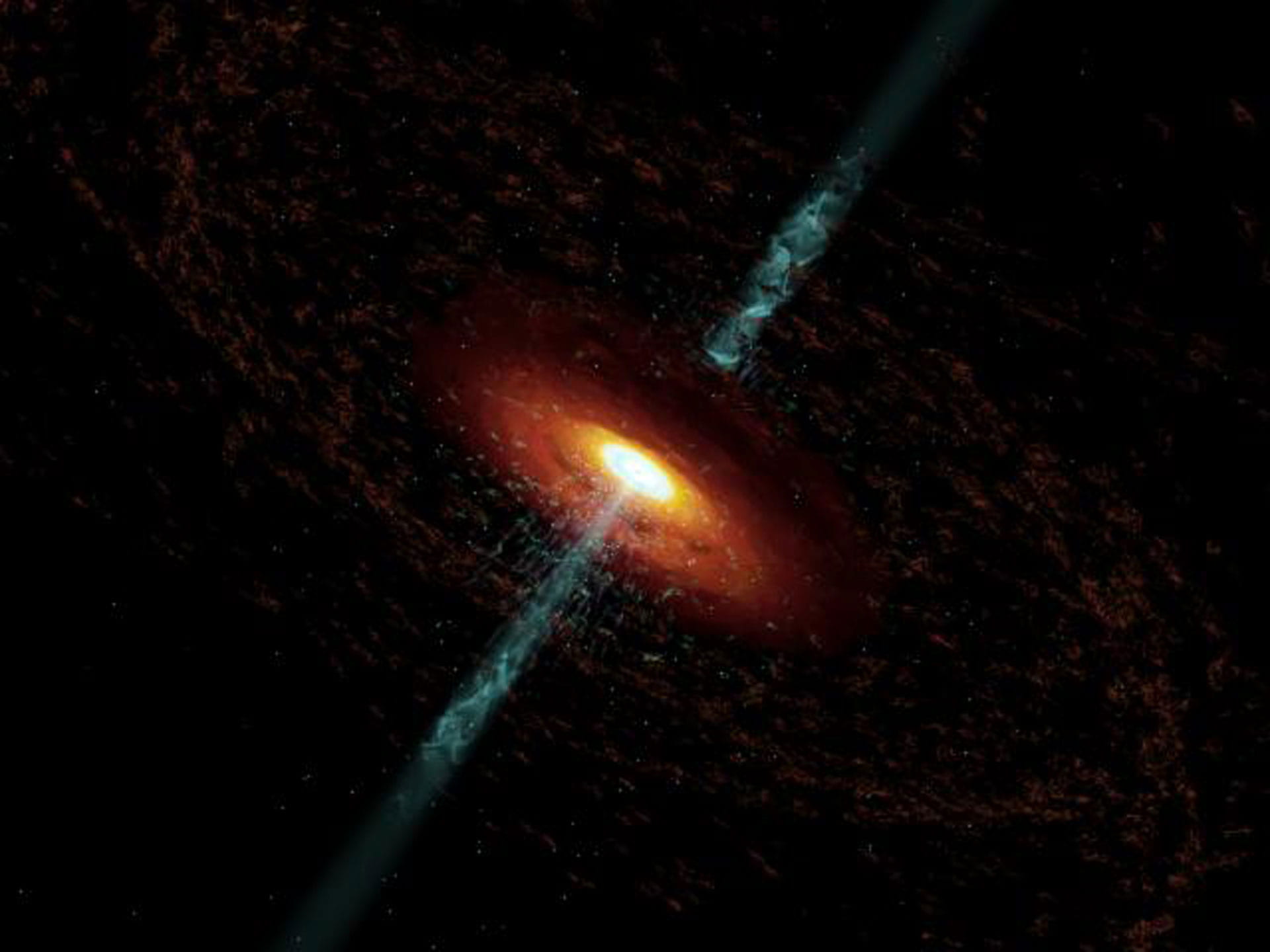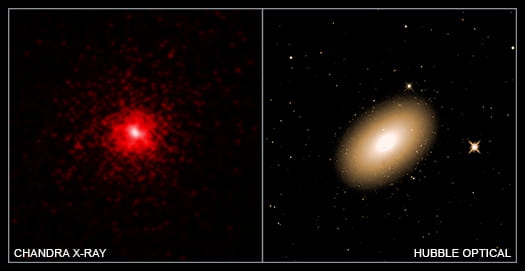Astronomers from UCI and Texas A&M peer into distant black hole's ‘sphere of influence'

Astronomers at UCI and Texas A&M University have obtained the most detailed view yet of an inner cold gas disk around a distant supermassive black hole. Studying the giant elliptical galaxy NGC 3258 with the Atacama Large Millimeter/submillimeter Array – a powerful radio telescope array in the high desert of northern Chile – the scientists were able to clearly resolve the rapid rotation of gas around its supermassive black hole. In a study published today in The Astrophysical Journal, co-author Aaron Barth, UCI professor of physics & astronomy, and his colleagues reported the black hole’s mass to be 2.25 billion times that of the sun. It’s the largest black hole discovered using ALMA to date. “Our team has been surveying nearby elliptical galaxies with ALMA for several years to find and study disks of molecular gas rotating around giant black holes,” Barth said. “NGC 3258 is the best target we’ve found, because we’re able to trace the disk’s rotation closer to the black hole than in any other galaxy.” The ALMA data provided an exceptionally clear map of the gas disk’s orbital speed within the black hole’s “sphere of influence,” the small central region of the galaxy where the black hole’s gravity is the dominant force. By measuring and modeling the disk’s rotation within the inner 500 light-years of the galaxy, the astronomers could determine the black hole’s mass to a higher level of precision than with any other black hole measured using this technique. Lead author Benjamin Boizelle, a postdoctoral research associate at Texas A&M who initiated the NGC 3258 data analysis as part of his doctoral research at UCI, said the challenge now is finding more examples of near-perfect rotating disks around black holes. “Additional ALMA observations that reach this level of precision will help us better understand the growth of both galaxies and black holes across the age of the universe,” he said.


